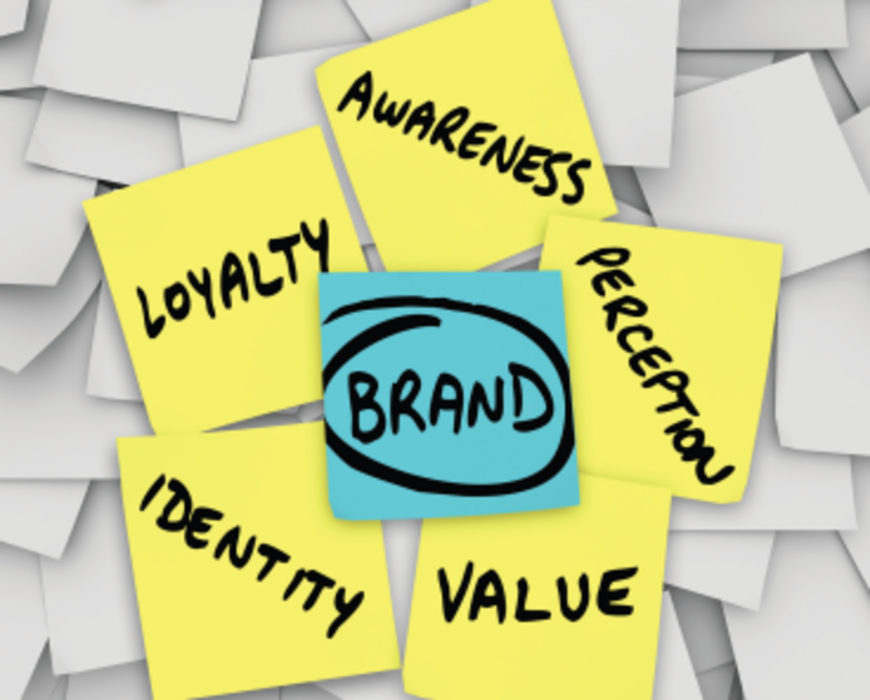What’s more valuable to business performance: emotional or behavioral loyalty, and why?
Most businesses will take any kind of loyalty they can get, but the truth is that all loyalty is not created equal. Emotional loyalty is an outcome of customer satisfaction. Customers are businesses’ most important assets. They hold the key to financial performance: whether they choose to buy again, buy more, recommend products and services, or speak publicly about their experience—essentially serving as marketing vehicles for an organization. Behavioral loyalty is an outcome of a good corporate program. Behavioral loyalty is in many ways easier to control, and it is no doubt a benefit to business.
But it’s no substitute for emotional loyalty, which creates a much longer-term competitive advantage.
Behavioral loyalty
Every business needs a competitive advantage and behavioral loyalty can provide that, yet it’s a difficult advantage to sustain. Behavioral loyalty is based on a system of conditions set forth by the company (e.g., membership, rewards, coupons, loyalty programs, punch cards). However, while these kinds of systems can be effective, they can also easily be outdone by a competitor doing more. For example, if someone is loyal to an airline because of frequent flier miles, a competitor only has to outdo the reward to potentially steal the customer. With behavioral loyalty, the customer is loyal to the system, not the company, which means they aren’t truly loyal at all.
Emotional loyalty
Emotional loyalty, or “true” loyalty as marketers call it, is earned, not bought, and is a natural outcome of satisfaction. When customers are highly satisfied—when their needs are met and their expectations are consistently exceeded—they simply cannot imagine using another product or service. Fostering emotional loyalty in customers should be the ultimate goal for every business because it truly impacts financial performance over the long term. Moreover, it’s much harder for a competitor to steal an emotionally loyal customer, while it’s quite easy for a competitor to steal a behaviorally loyal customer.
Achieving the Holy Grail
Customer satisfaction is the Holy Grail for any business because the loyalty that results from satisfaction creates emotional loyalty, which in turn creates a long-term, sustainable advantage. To achieve true emotional loyalty, one must understand both the experience that consumers have and the one they want to have. Loyal customers come back—you don’t have to win them or pay to keep them. Plus, they’re more profitable, because new customers are far more expensive to acquire.
The key to establishing emotional loyalty is to measure the customer experience across all customer touchpoints. It’s imperative to understand customer needs and expectations, by measuring results that help make changes that positively impact the customer experience and address customers’ real (stated) needs. Satisfying customers starts with simply understanding them and to do that, one must properly measure satisfaction.
There are three important questions that every measurement system should answer:
- What am I doing?
- Where should I focus my efforts?
- Why should I take action?
These questions help make sure that the measurement system is credible, reliable, accurate, precise, valid, sensitive, and actionable, and are the key to using analytics to establish loyalty.
The idea of measuring satisfaction raises larger questions about the nature of customer loyalty. Loyalty is a faithfulness or allegiance to a company or brand. When one is loyal to a company, that company becomes the first choice.
Organizations can’t manage what they don’t measure. However, organizations that have implemented the proper metrics to identify what impacts the customer experience will drive satisfaction and, ultimately, true, earned, emotional loyalty.
Larry Freed, ForeSee
As president and CEO of customer experience analytics firm ForeSee, Larry Freed is the man when it comes to customer satisfaction on the Web. Since founding ForeSee in 2011, Freed has steered its strategy throughout periods of impressive growth. He’s a regular speaker at private and public sector industry events and the author of Managing Forward: How to Move from Measuring the Past to Managing the Future, which examines how metrics can be used intelligently to significantly improve long-term customer satisfaction, rather than used as a passive view of past customer interactions. Always a go-getter, Freed’s first job as a teenager was as a garbage man—his official title was “maintenance director”—at a summer camp. He was promoted to dishwasher after four weeks.
Check out the other answers:
- “Behaviors Trump Emotions”, by Craig Lister, VP, solutions lead, RAPP
- “But Do You Love Me?” By Rick Ferguson, VP, knowledge development, Aimia







